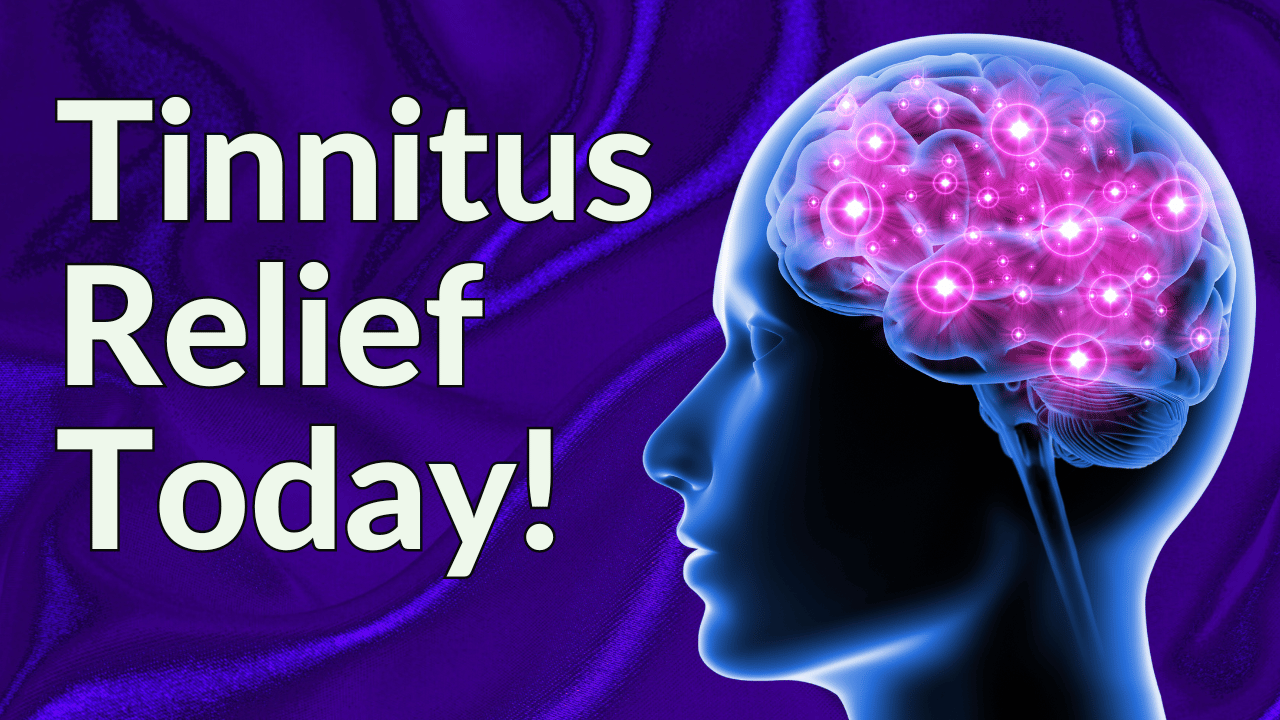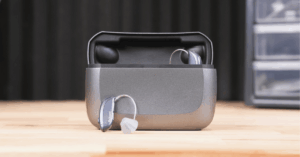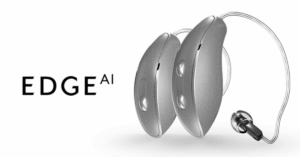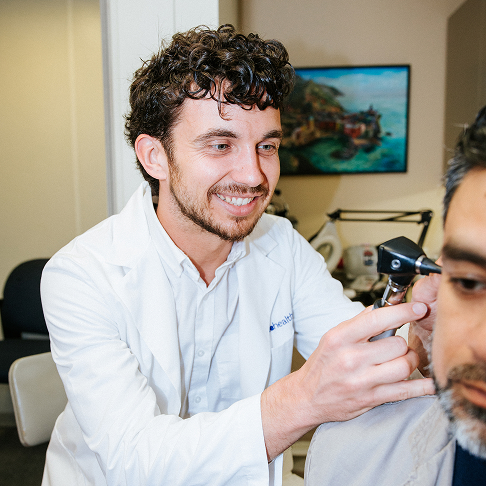Bluetooth hearing aids are gaining in popularity, and with good reason: a Bluetooth hearing aid has the ability to make life easier for people experiencing hearing loss and other disorders of the auditory system by not only providing sound amplification, but by also making it possible to engage phone calls hands-free and implement sound therapy programs directly from the phone to the Bluetooth hearing aid. Because the value of hearing aids with Bluetooth capability has been recognized to a great degree, there are numerous models currently available on the market. Determining which one is the best can be daunting; after all, Bluetooth hearing aids cost a fair amount and there are many available. Below, we have compiled the best Bluetooth hearing aids made for iPhone and Android devices.
Bluetooth hearing aids are available from nearly every manufacturer of hearing aids, including some of the new Over-the-Counter hearing aids like Jabra Enhance.
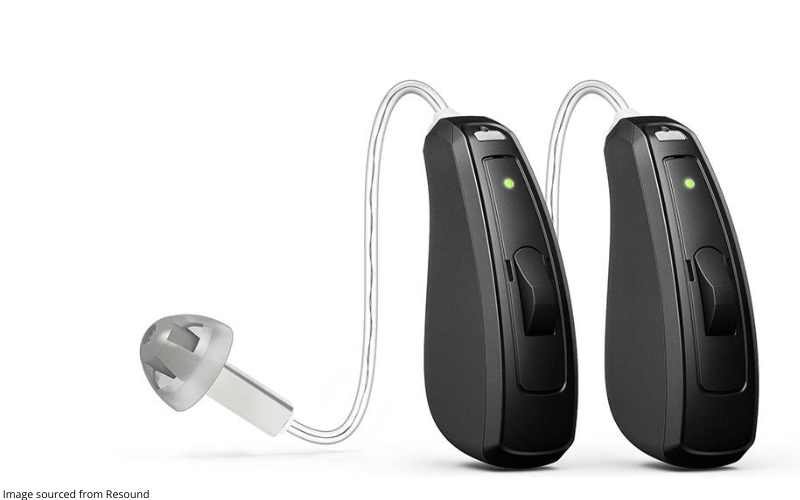
Bluetooth technology has become very widespread over recent years and is available in a plethora of audio streaming devices such as headphones, speakers, phones, watches, and more. Now it is time to add one more to the list…hearing aids! The first ever Bluetooth hearing aid was made available in 2005 (The Starkey ELI device) but the technology was limited, large and required an external receiver to be plugged into the hearing aid itself. In 2014 The ReSound Linx hearing aids hit the market with the new label as “made for iPhone “MFi hearing aids” and bluetooth technology (and features) available really began to explode within the hearing aid industry. Fast forward to 2023 and there are many hearing aid manufacturers who offer traditional Bluetooth hearing aids as well as Made for iPhone “MFi” hearing aids with bluetooth features. These features help connect the user to their phone to facilitate ease of communication across communication channels but also allow for streaming capabilities which can be extremely helpful for use as part of a tinnitus management/treatment plan.
Bluetooth Compatible Hearing Aids, MFi Hearing Aids, and Android-Based Hearing Devices: What’s The Difference?
There are some important distinctions to make when it comes to Bluetooth hearing aids. Bluetooth technology can vary in its functionality and connectivity, depending on the type of connection included in the technology, and the intent of the user. Some users, for instance, will consider the best Bluetooth hearing aid one that allows for phone calls and focuses on sound quality, while others will identify the best Bluetooth hearing aid based on the focus placed on sound therapy technology. To get a greater grasp of the different hearing aid options out there, we will cover the basics of Bluetooth hearing aids, MFi hearing aids, and Android-based hearing devices.
Bluetooth Compatible Hearing Aids
A Bluetooth compatible hearing aid is, quite simply, a hearing aid equipped with Bluetooth technology that is able to pair with Bluetooth devices. The ubiquitous nature of Bluetooth means that some of these hearing aids can be paired with devices in your home as well, such as your phone, television, and computer, making them a truly useful tool for people with hearing loss and other conditions that affect hearing.
Amongst Bluetooth hearing aids, there are two types: traditional Bluetooth, and low-energy Bluetooth, each of them with their own pros and cons. Traditional Bluetooth devices provide a greater degree of compatibility, as they can pair with more devices, but they significantly drain battery life, and can be problematic for people in search of a long-term solution from day to day. When hearing aids are used all day, every day, battery life can be extremely important. Finding the top Bluetooth hearing aids matters little if the battery does not last long enough to improve communication and hearing loss/tinnitus symptoms.
MFi Hearing Devices
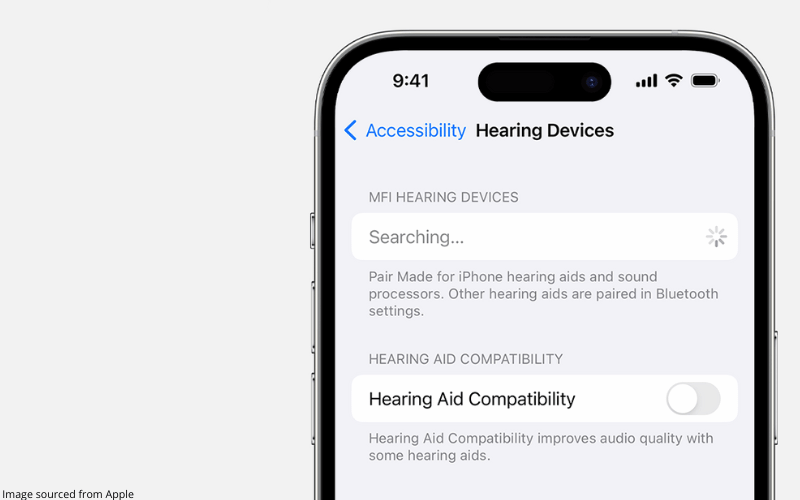
MFi hearing devices are those that are made for iPhone (hence MFi). These devices are designed specifically to pair with iOS devices, and may not be constructed with hardware compatible with Android devices. This is an important distinction to make, as it means that you must check your hearing aids against the technology you already possess, or consider switching your phone or other compatible device. Some people, for instance, select MFi devices to be paired with an iPad, despite using an Android cell phone. As long as you have a compatible iOS device, an MFi hearing aid should suit your needs.
Half of all smartphone users (currently estimated to be around 300 million total) are iPhone users, and bearing this in mind, MFi hearing aids were developed to work with Bluetooth, in order to improve quality of life more readily for iPhone users. MFi hearing aids were equipped with Bluetooth low energy, which goes into sleep mode when Bluetooth connections are not being actively used. When phone calls come in, for instance, or music is streamed, the connection will activate, allowing battery power to be preserved. The ReSound Linx was the first MFi hearing aid to be created, in 2014, and the numbers have since increased substantially.
Android Based Bluetooth Devices
Although there are not currently any hearing aids on the market that are designated only for Android hearing aids, BLE (Bluetooth low energy) was made compatible with many Android devices following the development of Bluetooth 5.0. This particular technology has become standard in most Android devices, making it easier to pair low energy Bluetooth with standard Android devices. The list of compatible Android devices continues to grow, so be sure to check any BLE hearing aid devices against your Android device before purchasing.
How Do You Pair Bluetooth Hearing Aids To Your Phone?
To use Bluetooth hearing aids, first and foremost, you must make sure that your phone’s Bluetooth functionality is on and available. All smart phones currently offer Bluetooth capability, and some flip phones have even support Bluetooth technology. Once you have determined that your Bluetooth capability is on, your Bluetooth enabled hearing aids will need to be paired using the same basic processes used to pair other Bluetooth devices: either through the Bluetooth device itself, or through your phone. On iPhones and iOS devices, this pairing process is usually found under a special “hearing devices” menu.
Each hearing aid and telephone will have its own unique way of connecting and listing Bluetooth capabilities. Hearing aids themselves will come equipped with specific instructions for use, as well as detailed pairing instructions for your iOS or Android devices. If you are unfamiliar with different Bluetooth enabled devices, you can also consult your phone’s instruction manual for troubleshooting tips if Bluetooth connectivity is struggling or is not working well with most Bluetooth hearing aids.
Do Bluetooth Hearing Aids Work With All Bluetooth Devices?
As we’ve briefly discussed above, the availability of Bluetooth enabled devices depends largely on the hearing aids themselves, and the device you are attempting to connect to, as different Bluetooth components share connective compatibility with different devices. Some, for instance, will only connect with an iPhone, iPad, or iPod (called MFi). In those cases, additional transmitters can be purchased to convert the low-energy Bluetooth signal to a traditional Bluetooth signal. Using these transmitters, you can also connect Bluetooth hearing aids to other devices, like your TV, computer, or even non-Bluetooth phone to stream audio directly to your hearing aids. These transmitters are available directly from the hearing aid manufacturer and are specific for your particular hearing aid, so be sure to ask your hearing care professional for guidance on which ones are compatible with your hearing aids
Devices that are Bluetooth compatible with traditional Bluetooth signals may be able to connect to a wider variety of Bluetooth devices, like computers, headsets, and other streaming devices, so these are often the preferred form of Bluetooth hearing aids for anyone looking to improve their hearing over a wider range of products and devices.
Can You Get Rechargeable Bluetooth Hearing Aids?
As is the case with hearing aids that are not equipped with Bluetooth technology, Bluetooth hearing aids can be found that utilize both standard batteries and rechargeable internal batteries. Your selection will likely depend on how frequently you stream audio throughout the day, and whether your Bluetooth enabled hearing aids are utilizing traditional Bluetooth technology or low energy technology. Traditional Bluetooth may require greater power levels, and anyone looking to use traditional Bluetooth that remains active all day long, whether you are streaming audio in the form of phone calls or music, may want to consider using traditional battery-powered devices. That way, as power is drained, batteries can simply be replaced rather than waiting for internal batteries to recharge.
With Bluetooth low energy (BLE), the battery drain is significantly lower. If you are using Bluetooth enabled devices that utilize BLE, deciding between rechargeable hearing aids and battery powered hearing aids may not be quite as clear; a BLE device may not drain power as rapidly. That being said, it is possible to drain a rechargeable device equipped with BLE if you are streaming audio for 5-6 hours or more each day. In general, whether traditional Bluetooth or BLE, rechargeable devices are typically larger style options as well, in order to house all of the components necessary for the hearing aid technology, the bluetooth technology AND the rechargeable battery technology.
How Much Do Bluetooth Hearing Aids Cost?
Bluetooth-enabled hearing aids, offering the convenience of wireless connectivity, do not significantly exceed the cost of standard hearing aids. The advancement of hearing aid technology means that features like Bluetooth, now a common addition in many devices, do not heavily influence the overall sound quality or the core functionalities that are crucial for those seeking to enhance their hearing. Consequently, the price range for Bluetooth hearing aids aligns closely with traditional models, typically falling between $2,000 and $8,000 for a pair. This price generally covers the complete suite of professional services as well.
The Best Bluetooth Hearing Aid Models
Bluetooth hearing aids can be found from virtually all hearing aid manufacturers, including some of the newer over the counter (OTC) hearing aids, like Jabra Enhance. This is beneficial for people looking for hearing aids, as Bluetooth features can be immensely helpful for tinnitus relief. Bluetooth hearing aids can allow users to access more sound therapy options. Sound therapy apps, streaming apps, and more can help connect these users to therapy, and can help with phone calls and more without sacrificing sound quality or hearing ability. Bluetooth connectivity means that these apps can stream directly to your phone. We recommend the following apps to use with your prescription or OTC hearing aids:
- Resound Tinnitus Relief App
- Oticon Tinnitus Relief App
- Starkey Relax App
- Widex Zen App
- Calm App
- Relax Melodies
In addition to Bluetooth features, many hearing aid manufacturers also offer built-in or included sound therapy options for tinnitus patients. This is typically identified as a tinnitus sound generator, and most prescription hearing aids designed for tinnitus relief have these sound generators built in. These sound generators are often customizable and programmable by the patient’s hearing health professional or audiologist. When the sound generator is built in, users can simply wear their devices after their prescribed settings have been programmed, without having to find other apps or devices to address tinnitus symptoms.
Built-in sound therapy is helpful for anyone who does not already have or does not want Bluetooth hearing aids, does not have Bluetooth connectivity options on their cell phone, does not use a cell phone, or is sensitive to electromagnetic (EMF) signals like Bluetooth. Whether you use Apple or Android devices, this particular type of hearing aid can be beneficial to address the common comorbidity of hearing loss known as tinnitus.
ReSound Bluetooth Hearing Aids
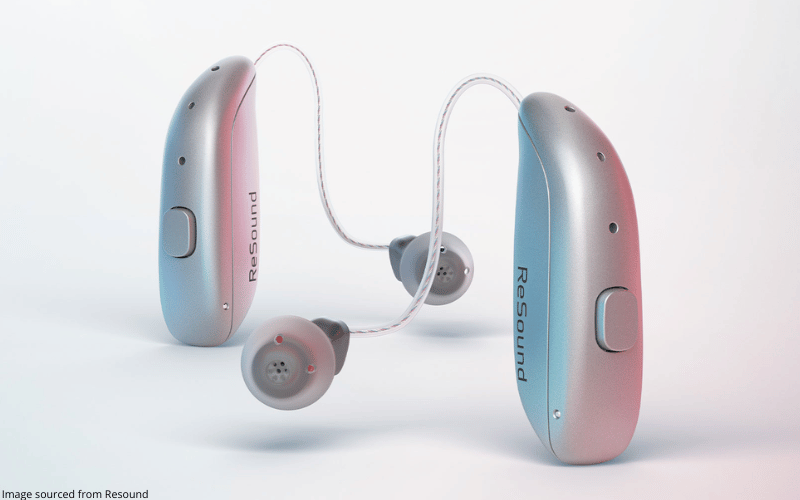
ReSound was the first company to make a hearing aid specifically made for iPhone (the ReSound Linx). ReSound was something of a pioneer in the industry, as they demonstrated the ability to generate Bluetooth low energy devices, and offered a more widespread solution for anyone needing improved communication and access to tinnitus sound therapy through Bluetooth streaming and the ReSound tinnitus relief app offered to users.
In addition to Bluetooth streaming abilities, ReSound’s aids were created with a built-in tinnitus sound generator. The inclusion of this software allowed users to select between using built in, continuous sound therapy, or Bluetooth function in order to stream a variety of different sound therapy choices from the app of their choosing. The inborn masking sounds include two categories: broadband sounds and nature sounds. Broadband sounds include high frequency noise, white noise, speech noise, and pink noise. Nature sounds focus on ocean sounds and patterns.
Current hearing aid line: ReSound Omnia
Phonak Bluetooth Hearing Aids

Phonak is one of the only brands currently producing hearing aids with Bluetooth adhering to traditional levels, rather than low-energy Bluetooth. While many prefer the smaller amount of battery life required for BLE, Phonak aids may have a wider range of compatibility with Bluetooth devices. As previously stated, however, battery consumption can be hefty with traditional Bluetooth devices, so the best Bluetooth hearing aids are often considered those equipped with BLE. Nevertheless, the more substantial compatibility options makes Phonak an attractive choice for some.
In addition to using Bluetooth technology to stream from different sound therapy apps, Phonak also offers built-in sound generators for tinnitus patients to utilize. This built-in sound therapy program, called Phonak Tinnitus Balance, only offers broadband noises. These noises are audiogram based, including white noise and pink noise.
The Phonak Lyric is another Phonak offering. A semi-implantable, extended-wear device, the Lyric offers tinnitus relief 24/7, due to the constant presence of amplification, in contrast to most hearing aids, which are used only during waking hours. That being said, there is no Bluetooth functionality included in the Lyric device due to its small size and deep fit design. It is mentioned here due to its possible benefits for people who suffer from chronic tinnitus.
Current Traditional Hearing Aid Line: Phonak Lumity
Oticon Bluetooth Hearing Aids
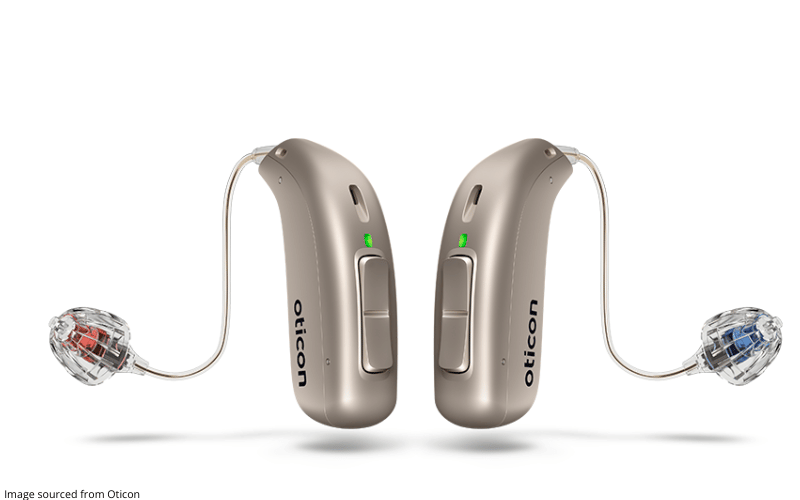
Oticon hearing aids are perhaps best known for their AI technology, dubbed “brain learning technology” for hearing aid amplification. Made for iPhone, Oticon has expanded its compatibility to include Android devices, as well. Oticon hearing aids are the first of their type to connect to the If This Then That Network (IFTTT.com), which provides more connectivity to Bluetooth devices outside of streaming. This means that Oticon hearing aids can sync to Smart home devices, including automatic lights, Bluetooth garage door openers, and even coffeemakers, to allow users to interface with these devices as they move about their days.
Like the previously discussed aids, Oticon’s aids come equipped with a built-in tinnitus sound generator. This sound generator utilizes shaped sound for their tinnitus sound generator, but other sounds like pink noise, white noise, and red noise are also available. The sound generator presents steady or modulated sound signals to mimic an ocean pattern, as the occasion dictates.
Current Hearing Aid Line: Oticon Real
Widex Hearing Aids

Widex hearing aids offer Bluetooth connectivity with BLE for Android and iOS devices. On top of their streaming capability designed to be used with a variety of sound therapy apps, Widex is known for their built-in sound generating technology. Their technology is considered one of the best known generators on the market. Widex has long been a pioneer in tinnitus therapy, beginning with its Zen technology in 2012. Zen technology utilizes fractal tones as part of their tinnitus therapy, but they have also added relaxing sounds including wave patterns and wind, which are both able to be blended with the original fractal tones.
Current Hearing Aid: Widex SmartRIC
Starkey Hearing Aids

Starkey hearing aids use BLE as their Bluetooth technology of choice. This allows users to not only make phone calls and stream audio; some models also possess a fall detection feature that can be set up in order to alert a family member or designated individual if the user falls down while wearing their hearing aids. Like most competitors today, Starkey aids allow users to stream available sound therapy options from an app of their choice, like the Starkey Relax app, or from an included tinnitus sound generator: the Multiflex. This program offers white noise therapy, audiogram shaped noise therapy, or a customizable option, wherein hearing health professionals can design a unique program.
Current Hearing Aid Line: Starkey Genesis AI
Conclusion
When embarking on a search for the best Bluetooth hearing aid, it is important to determine which aid is going to be the best fit for you. Seeking the professional guidance of a hearing healthcare professional like an audiologist can help ensure that you are getting the desired features you are looking for–like Bluetooth–while also making sure that the hearing aid you are looking for is the right fit for your degree and type of hearing loss, the shape and size of your ear, and the state of your condition–particularly when that condition is tinnitus. The professionals at Treble Health are a team of audiologists here to guide you on your journey toward better hearing, improved communication, and ultimately, tinnitus treatment and relief.
Next Step: Book Free Consultation
- 75% of patients reduced their tinnitus within three months after following our recommendations.
- "I feel like Treble Health literally gave me my life back." - Randy S. (verified customer)
- Join thousands of people who have reduced their tinnitus after scheduling a free consultation.






